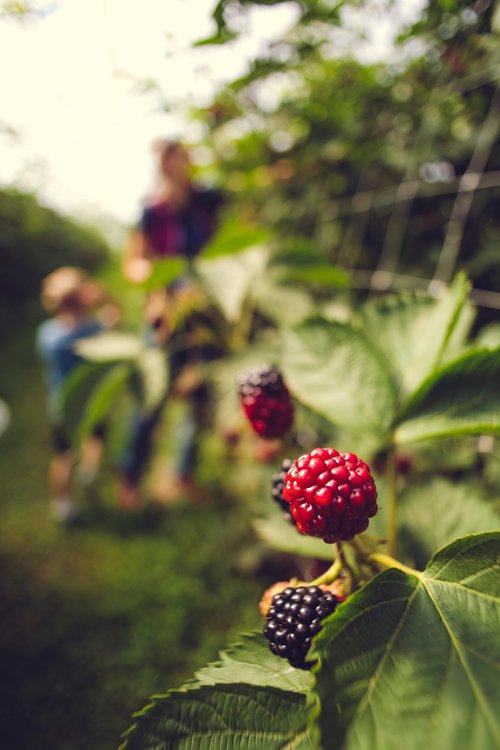WHAT IS “GMO”?
If you were around let’s say a hundred years ago, you would agree with me that the world today looks many times different from how it did then. Many men wore California hats and women wore heavy gowns but very interestingly, our crops and livestock had to wait so long or consume so many resources to produce a moderate amount of produce. For centuries before then, things had been that way however a hundred years past, harvest and nutritional impact increased geometrically. For a phenomenon that recorded little change over the centuries, a hundred years is so short to produce such drastic changes! What happened? Welcome to a world that is embracing the possibilities of GMOs! What are GMOs? From country to country, organization to organization, definitions differ in context and inclusions, however; I want you to have a definition that answers your curiosity and gives you a one size fits all meaning. GMOs can include anything whose gene had been altered even without human intervention but naturally.¹ Going by this definition, the scope of our discussion will become wider than what a blog post can handle. For easy understanding let us define GMOs as organisms especially crop plants and livestock that have undergone gene alterations under human manipulation. When gene alteration is mentioned, our minds travel to more sophisticated engineering and techniques such as cloning, artificial insemination, and gene manipulation done in labs. However, the European Union goes a bit broader to include less sophisticated methods such as selective breeding.² The Food and Agriculture Organization and the World Health Organization would not allow such broad definition, they opine that for an organism to be termed “organically modified”, its history of modification must not involve any natural recombination or mating.³ To be factual, even the world’s leading research organizations are still deciding what definition to accept for GMOs and Non-GMOs however you can take these definitions you read here for it and be certain what GMOs are. “ALTHOUGH GMOS HAVE BEEN ASSOCIATED WITH SOME PROBLEMS SUCH AS LOSS OF NUTRITION AND TOXICITY DUE TO UNSTABLE MOLECULES, YOU WILL BE INTERESTED TO FIND OUT HOW OUR LIVES CHANGED WITH THE ADVENT OF GMOS. ” How did it all begin? Although genetic modification is a new term, it is not without a precursor. As far back as 12,000 BC, people have been seeking ways to improve on the characteristics of living things⁴; crops and livestock to be precise. Techniques such as selective breeding were employed; two or more livestock of the same species with desirable qualities were mated together till they produce offsprings that bore desirable traits from both animals. This process is time-consuming and the probability of getting offspring with desired traits was minimal. In 1972, modern genetic modification got its first breakthrough when a man successfully performed an experiment that had never been done in recorded scientific history. The DNA of a monkey virus was merged with one from lambda virus via a DNA recombinant process and boom the world became aware of the possibility of DNAs from two species forming one molecule.⁵ The man was Paul Berg and that experiment paved way for several other genetic experiments that have shaped what we know today as GMOs. Although GMOs have been associated with some problems such as loss of nutrition and toxicity due to unstable molecules, you will be interested to find out how our lives changed with the advent of GMOs. How GMOs affected food production Many genetically modified organisms are crop plants and the aim revolves around three objectives; adaptability to environmental change, increased yield, and sustainability. Cash crops account for most of the genetically modified crop plants. In 2014, soybeans alone recorded half of all genetically modified crop plants planted.⁶ This is understandable because of its status as a cash crop. Though there are some experts raising concerns about the use of GMOs, their adoption into mainstream agriculture has been quite growing. ISAA reported that between 1996 and 2013, the total area of land where genetically modified crops were planted had increased by a factor of 100⁷ with most of these lands sited American countries then little other in Asia, Europe, and Africa. If you are a farmer, there are some persistent issues you’d face such as pest and disease invasion, heavy metal uptake from pesticides and herbicides. GMO encoders have such issues in mind when they engineer new varieties. For instance, most genetic coding for plants is gotten from Bacillus thuringiensis to produce vegetative proteins that are poisonous to insects. The farmer no longer has to purchase insecticides or deal with the environmental hazard of heavy metal accumulation in the soil. Other than pest and disease resistance, resistance to herbicides like glyphosate, and increased yield, genetic engineers have also encoded some food crops to produce more amounts of specific nutrients. If you consume genetically modified golden rice, for instance, you can be sure that you are consuming quantities of Vitamin A precursor at an amount higher than what is obtainable ordinary rice meal. The golden rice has three genes that are coded to biosynthesize beta-carotene which is a Vitamin A precursor.⁸ These plant modifications are not without certain concerns. Genetic codes of microbial origin used in the modification of these crops may become sources of antibiotic resistance in the long run. If this happens, certain medications we take to become well will prove ineffective. The livestock industry hasn’t entertained many breakthroughs in genetic modification as its crop counterpart but some genetically engineered livestock species have not only been successful but have also been introduced into the market. The numbers are understandably few because coding the genes of mammals takes time, involves drudgery, and is cost-intensive. The process would involve implanting embryos in females with viral DNA, with the hope that the desired genetic traits would be formed within the reproductive cells of the offspring. This takes time because you would have to hold your horses till the offspring reaches the breeding stage before you

